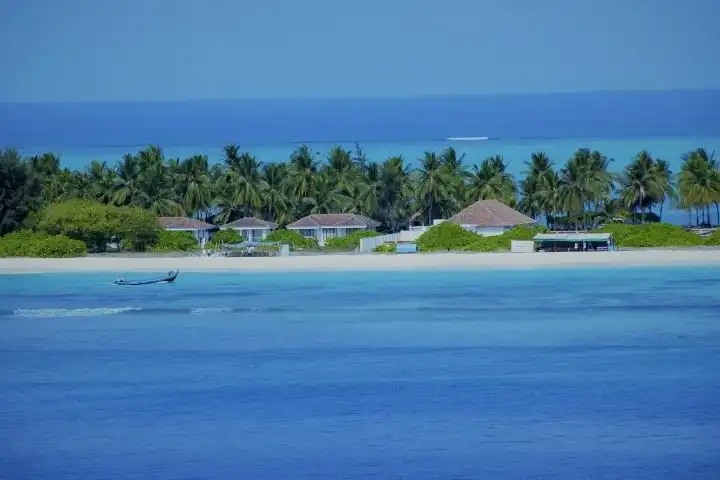Maldives’ Furaveri Resort, a tropical 23-hectare natural and un-reclaimed island, laid the red carpet for Olympics gold medal winner Neeraj Chopra, who is currently holidaying with his brother in the archipelago.
“We are honoured to welcome such a great athlete from India who has not only done India proud but the entire subcontinent,” Travel Trade Journal quoted Ali Shiyad, Senior Sales & Marketing Manager of Furaveri Resort as saying.
Chopra is among the large number of Indians who have made Maldives their favourite holiday destination amid the Covid 19 pandemic that forced most other countries to close their doors to foreign tourists.
Also read: Thailand likely to delay reopening of key tourist destinations
The archipelago has topped the list of international holiday destinations for Indians replacing Europeans and southeast Asian nations such as Thailand, Malaysia, Switzerland and Italy.
According to the United Nations’ World Tourism Organisation (UNWTO), despite Covid related challenges and stringent restrictions, Maldives welcomed a total of 555,494 international tourists. Of this, over 21 per cent comprised Indians.
UNWTO noted that Maldives observed significant changes to its top markets since reopening of borders on 15 July 2020. For the tourism sector dependent-Maldives, India has turned out to be the second largest source of tourist inflow – Russia topped the list. The tourism sector accounts for over 30 per cent of the country’s total GDP.
“Maldives had closed its borders for India from May during the second wave of Covid. This caused a huge blow to its economy though there was little option left for Maldives. For a country which is almost solely dependent on tourism, this was a big blow,” an executive engaged with a travel company told India Narrative. The executive said the Indian tourists also spend a sizable amount while they are on a vacation, which also helps the ancillary sectors.
According to official estimates, in 2016, only 3.6 per cent of the population lived below the poverty line applicable to upper middle-income countries which is $5.50 per person per day in terms of purchasing power party (PPP).
Also read: Nepal resumes on-arrival visas for foreign tourists
“However, heavy reliance on tourism, which directly accounts for a quarter of GDP, makes the economy vulnerable to external shocks,” it said. In 2020, the Maldivian economy contracted by 31.9 per cent.
For countries such as Thailand that have heavily dependent on tourism for their economic growth has suffered like never before. As per WalkthroughIndia, India is the 7th most foreign tourist revenue generating country for Thailand.
In fact with the rise in disposable income among Indians, who are also embracing a more global and integrated ecosystem, traveling has become a passion.
Data collation portal Statista revealed that in 2019, almost 27 million Indian nationals departed on outbound travels from India, marking an increase from the previous year. This however, includes business travel as well.
Interestingly, since 2000, an exponential rise was seen in the number of Indian nationals traveling outside the country for leisure and other reasons.
Globally, travel and tourism's direct contribution to GDP was approximately $2.9 trillion in 2019.
“Covid is going to stay and we have to learn to live with it. Just like Africa allows people with yellow fever vaccine to travel, similarly, India and other countries should allow fully vaccinated international tourists to travel. Our citizens should also be allowed to travel to other countries and this must be facilitated,” Subhash Goyal, President, Confederation of Tourism Professionals said.
Afterall, estimates suggest that tourism is one of the primary contributors to the global GDP, providing employment—direct and indirect.




















